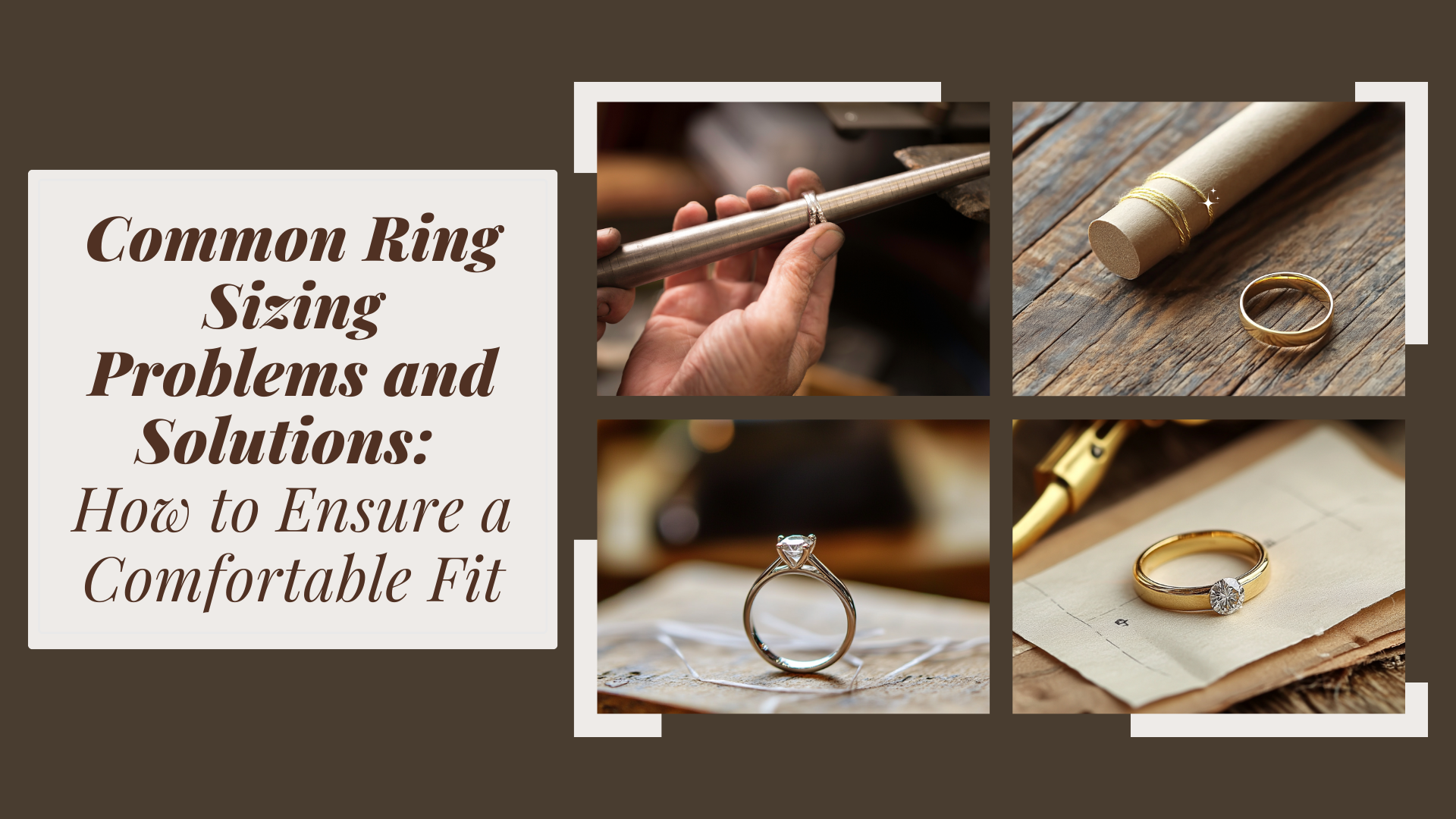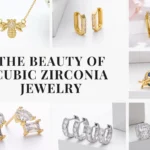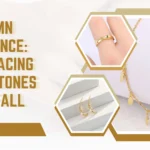As jewellery professionals, one of the most frequent challenges we face is sizing rings correctly. A comfortable and secure fit not only improves customer satisfaction but also reduces returns and resizing costs. In this post, we’re sharing a practical ring sizing guide that covers the most common sizing problems—and how to solve them.
Ring size chart
Getting the perfect ring size is more than just a number. A well-fitted ring feels comfortable all day and doesn’t slip or pinch. Yet, many customers struggle with incorrect sizes. In this ring sizing guide, we’ll explore common problems and practical solutions to help both buyers and retailers offer better sizing experiences.
Ring size chart
Many people don’t realize that finger size changes throughout the day. Heat, humidity, pregnancy, or even salty food can cause swelling. This often leads to rings feeling tight in the evening and loose in the morning.
Solution:
Measure fingers at room temperature and during the middle of the day. Avoid sizing when hands are unusually cold or hot. As this ring sizing guide suggests, always test fit multiple times for accuracy.
Ring size chart
Wider bands tend to feel snugger than thin ones, even if they are technically the same size. Customers might order their usual size only to find it uncomfortable.
Solution:
For rings with wide bands, recommend sizing up by a quarter or half size. This adjustment ensures a better fit, as emphasized in every expert ring sizing guide.
Ring size chart
With global commerce, converting between US, UK, EU, and Asian ring sizes can lead to confusion. Small miscalculations result in poor fits and higher return rates.
Solution:
Use a professional conversion chart and always confirm the sizing system your client is using. A reliable ring sizing guide should include conversion tools and clear measurements in millimeters for diameter or circumference.
Ring size chart
Some people fall between standard sizes or have knuckles that are larger than their finger base. This can make it difficult to find a ring that is both secure and comfortable.
Solution:
Use comfort-fit designs that allow easier sliding over knuckles. Offer half or quarter sizes if possible. Adjustable ring options are also growing in popularity, as mentioned in recent updates to our ring sizing guide.
Ring sizing guide
In the end, proper education is key. By guiding customers with a reliable ring sizing guide, retailers reduce returns and increase satisfaction. Whether you’re offering ready-made or custom rings, knowing how to handle sizing challenges makes a significant difference in your service quality.











